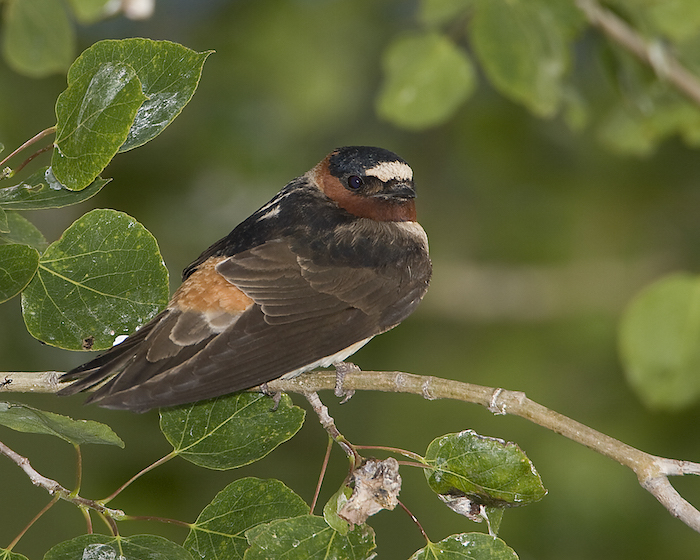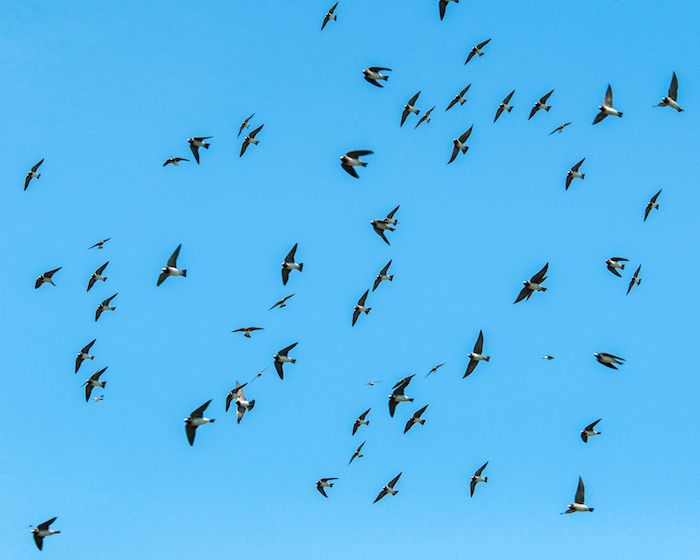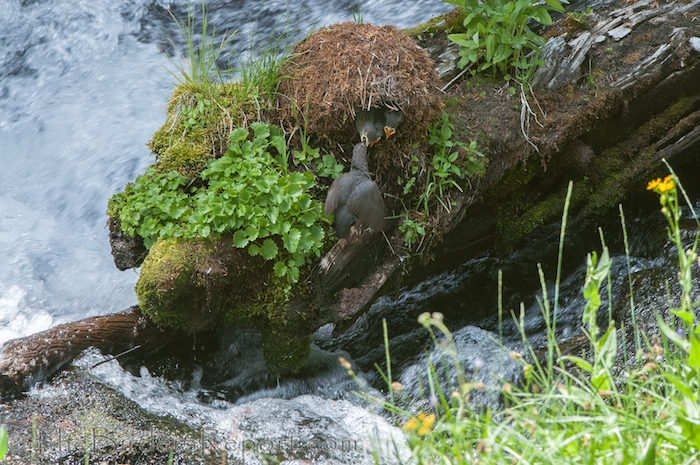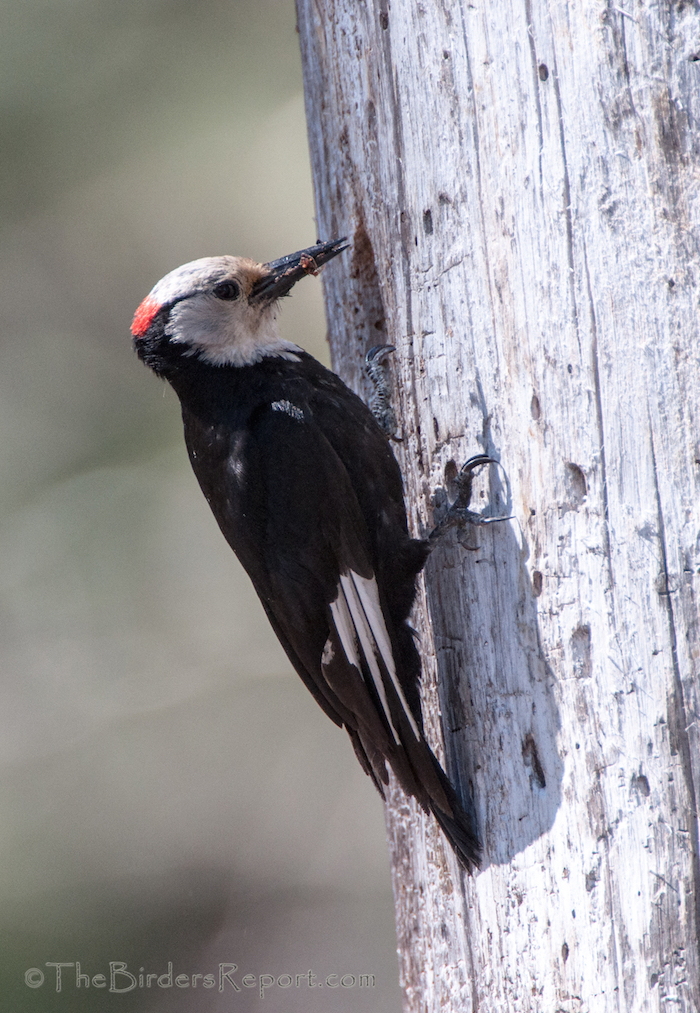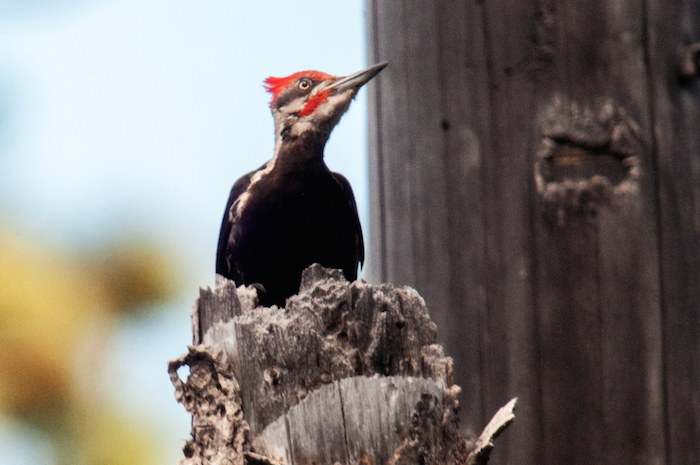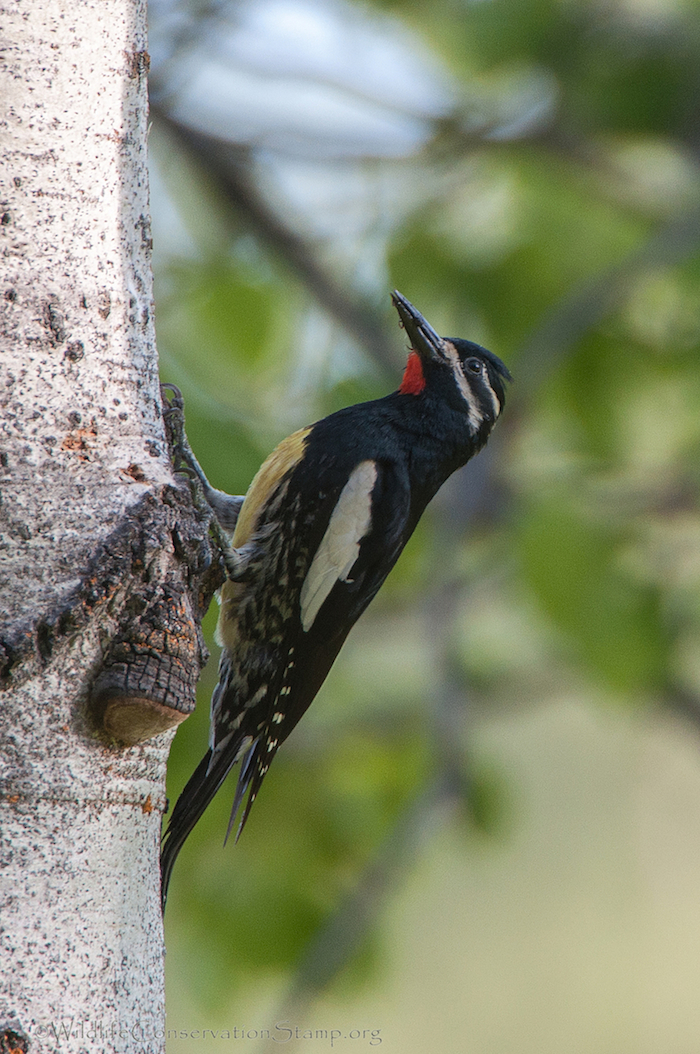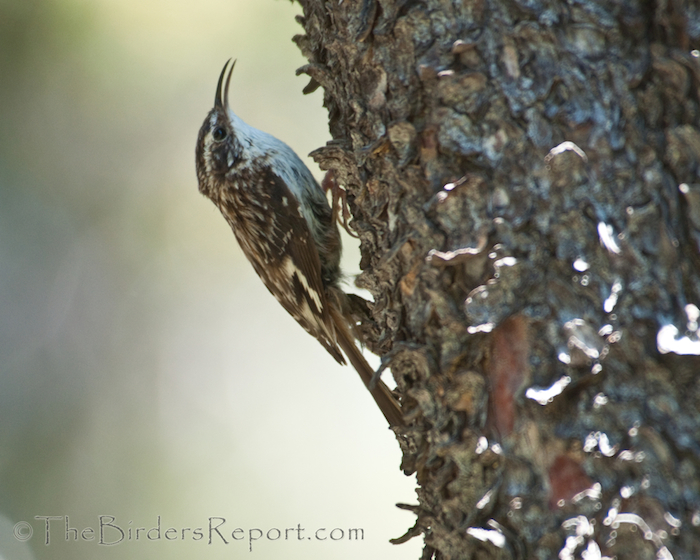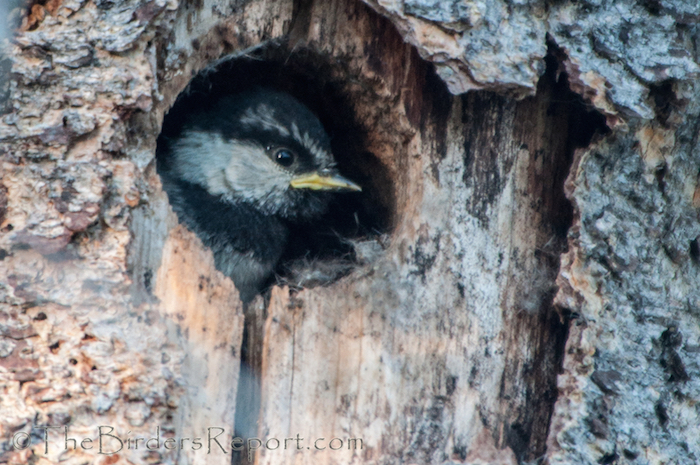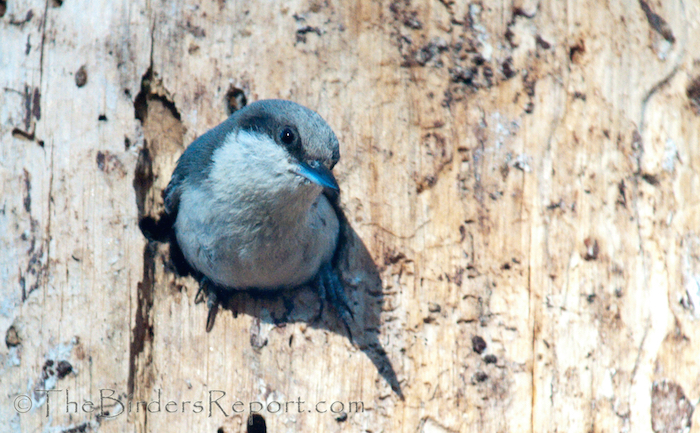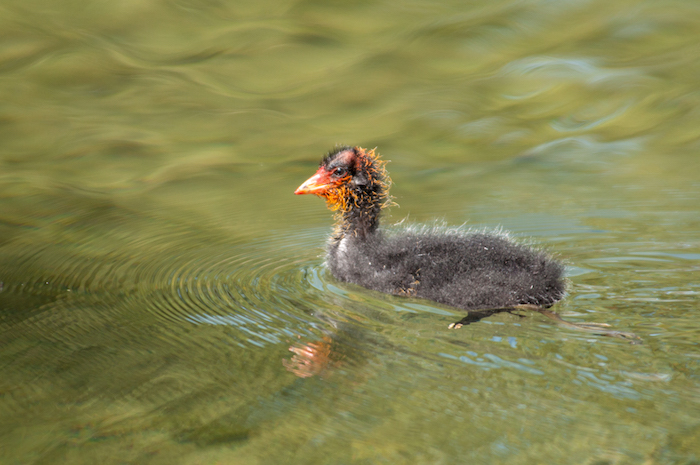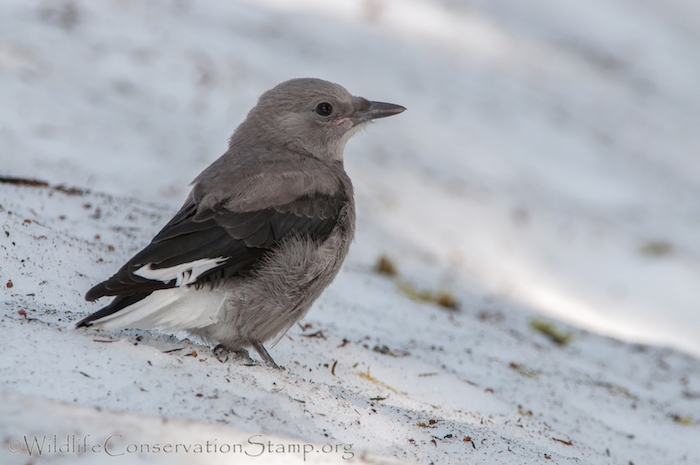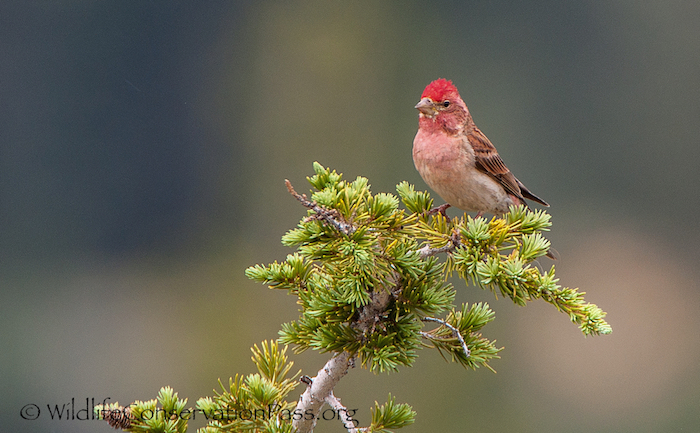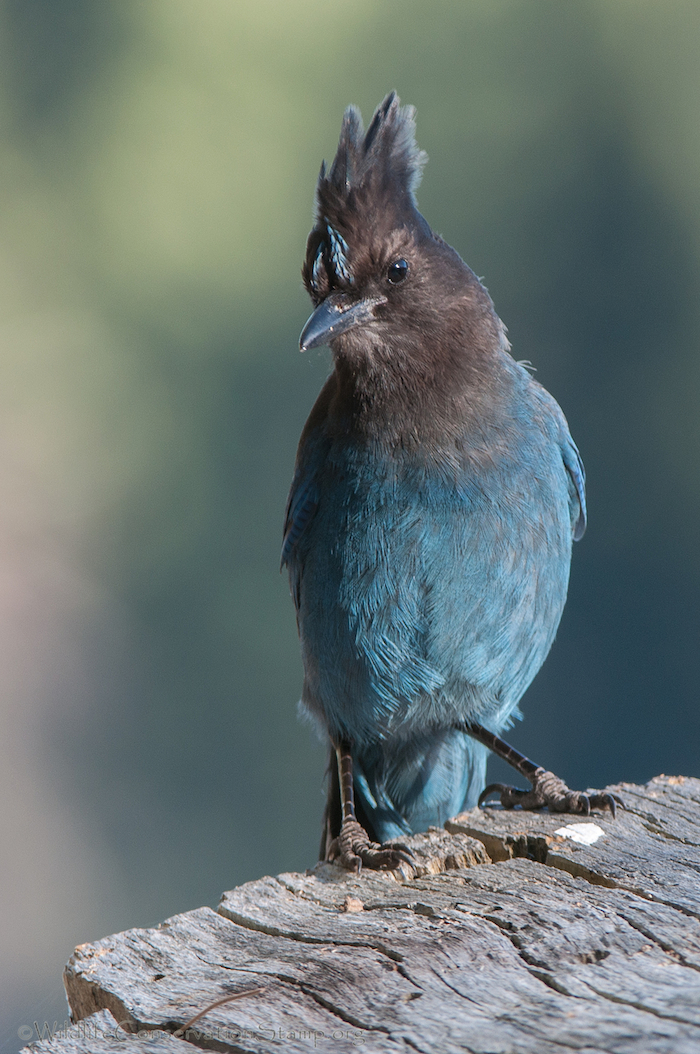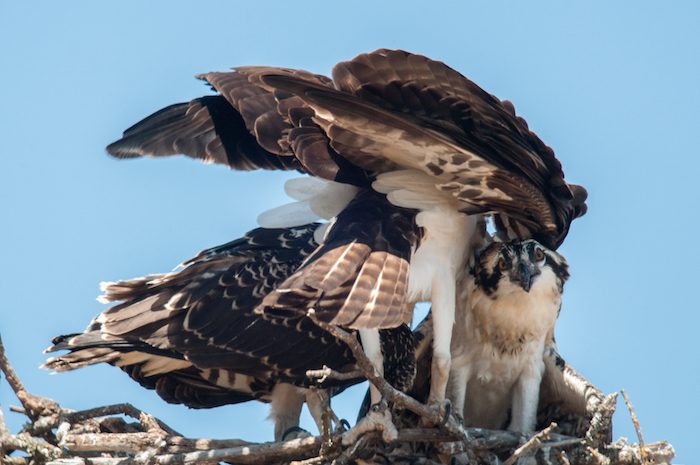
Something’s wrong, and the birds can’t figure it out. Day to day and year to year, it’s hotter. The birds go about their daily lives as they always have, and their days are too few, their minds too scripted, to even see that there’s a change. But they pant more. Vigor wanes, and they sing less. Rather than snuggling down to warm their eggs and chirp gently to the young inside, they stand over the eggs to shade them. Nestlings die from dehydration and heat exhaustion.
And then the fires hit. Most nestlings had already fledged this year, so at least for the mobile songbirds, and probably for most of the quail, turkeys, grouse, and roadrunners, too, escape was possible—a little by foot, and a lot by flight. Of course not all survived the firestorms, but Shasta Wildlife Rescue and Rehabilitation reported a single avian burn victim, a Great-horned Owl with scalded feet.
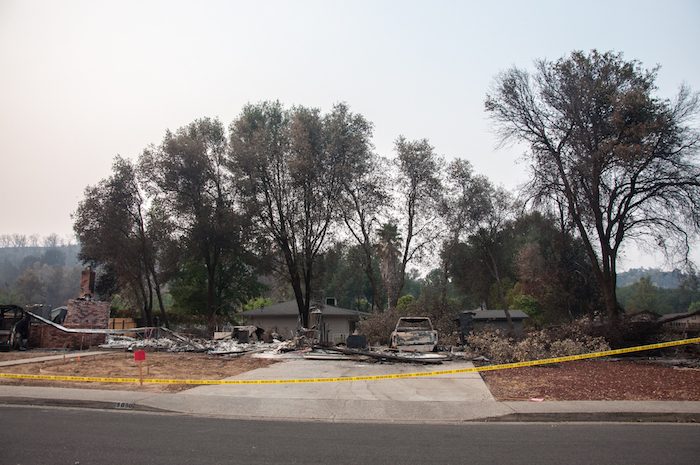
Where did they fly? People who lost their homes might be able to tell you: wherever they could. But housing grows short. Even where humane values are diligently exercised there is upheaval. And birds are not particularly humane. They are birds, after all, not people.
Even with their best quail-like fellowship, they must crowd into smaller areas where there is still water to drink and vegetation to support the insects they feed on. But not all those places are seasonally ready to support them. The berries may not have ripened, and the fall salmon are not yet decaying along the riverbanks. Disease spreads more readily.
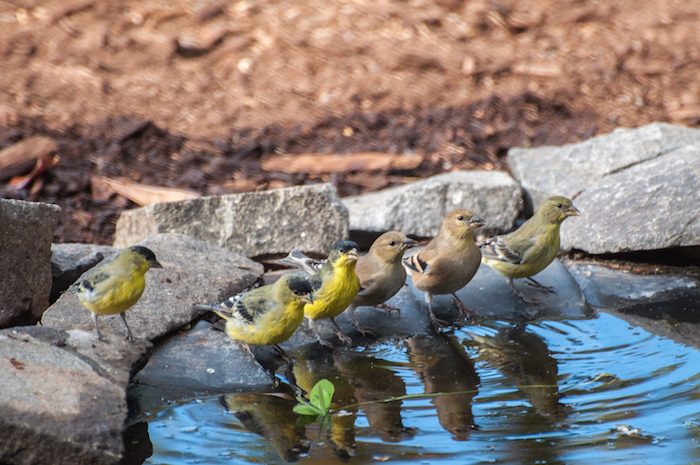
Then comes the smoke. Most birds don’t live that long, so they may be protected from longer-term ailments like lung cancer. But like children they breathe quickly, so are probably more prone to asthma and bronchial infections, and may suffer similarly with reduced lung, heart, and brain functions.
People try to cope. We don N95 masks, or pretend we’re too rugged or bully to need them. Homeowners negotiate with insurance companies. The Chamber of Commerce and the EDC advertise business relief loans.

The feathered things cope more primitively. They fly. They cannot make complex plans, or contemplate next year, or the likelihood of more heat, or the reality that their homes and livelihoods are gone up in smoke, leaving skeletons of trees and dead ash on the ground that once sustained them; or consider the years and generations following, and how the hundreds of thousands of acres burned and the millions more wilting in heat and drought will change resources for food or housing or the animal joy of singing.
Birds don’t have the capacity to grasp or modify the underlying conditions that cause suffering—to address resources with a deliberate eye to health, wildlife, a sustainable economy, climate change, and general well-being. They can’t discern the world beyond their own visceral and short-term needs. The burning question is, can we?



